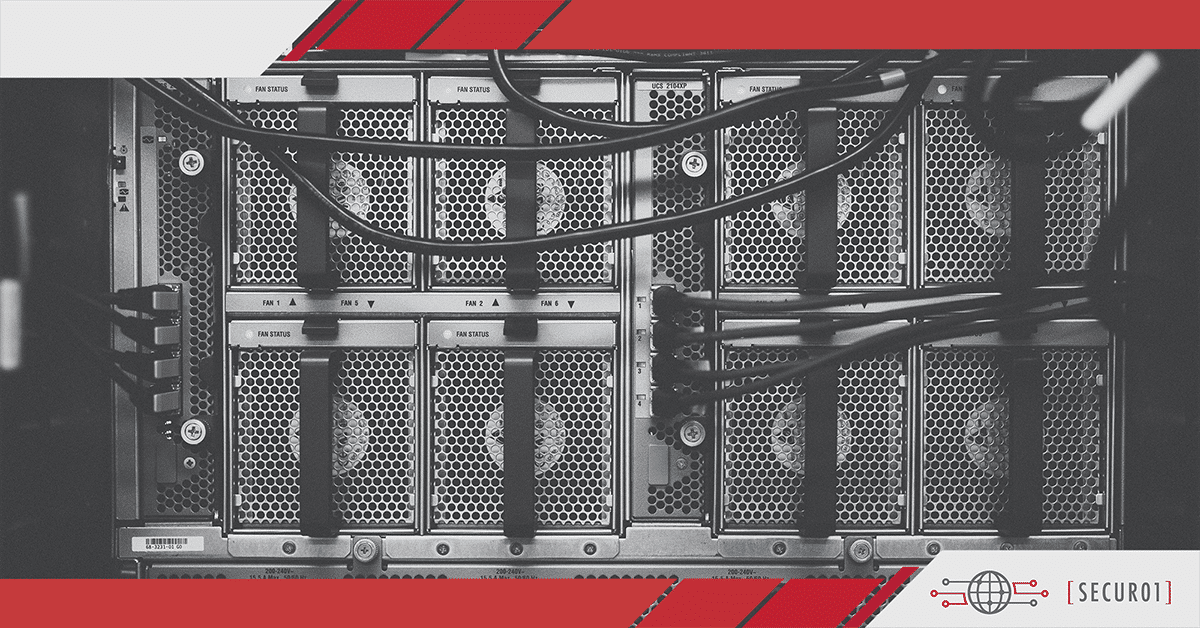Introduction
Artificial intelligence (AI) is transforming our daily lives, bringing undeniable benefits, but its growing popularity raises crucial questions. While its applications promise significant improvements, worrying privacy risks are emerging. How can we navigate these challenges with a responsible, cyber-secure approach, while reaping the benefits of AI?
The risks and drawbacks of using AI
AI seeks to mimic human intelligence by using algorithms to process data and generate relevant results. This often compromises data confidentiality, exposing data to potential breaches. Finally, the opacity of AI systems makes it difficult to understand the decisions made, complicating liability in the event of error.
Bias and lack of transparency: Algorithms can reflect biases in their design choices and in the data analyzed, leading to questionable decisions. It is crucial to use diversified, unbiased data to avoid these problems. Moreover, the lack of transparency makes it difficult to understand the choices made by AI.
Blind trust and dependency: Users can be overconfident in AI results, sometimes neglecting their own judgment. This technological dependence can reduce their ability to assess situations critically, so it’s essential to maintain an analytical approach.
Best practices
- Never enter personal or confidential information into AI tools.
- Always verify information provided by AI systems with reliable sources.
- Don’t make important decisions based solely on AI-generated results, use your own judgment and expertise.
Deceptive content generated by generative AI
Generative AI has the ability to create content (text, images, etc.) of impressive quality from user instructions, as ChatGPT does.
Creation of deceptive content: Cybercriminals can design messages to mimic legitimate communications, or set up fake professional profiles on social networks, using public data about real people or legitimate companies to bolster their credibility.
Fraud automation: Malicious actors can automate the creation of fake sites and content such as login pages imitating those of popular services, making threat identification even more complex for unsuspecting users.
Unintentional exposure of your data: Realistic content can easily mislead you, compromising the security of your personal data and exposing you to data theft.
Best practices
- Be skeptical of unsolicited e-mails or messages, even if they appear genuine. Don’t hesitate to report them if you have the slightest doubt.
- Before sharing any personal information, check the authenticity of the applicant’s sources.
The impact of predictive AI on online security
Predictive AI uses algorithms to analyze past data to predict future events. Cybercriminals can exploit this technology to better target their attacks, by analyzing user behavior and adapting their methods. This increasingly complicates protection against cyber threats.
Data hijacking: The use of predictive AI can lead to excessive collection of personal data, which can be exploited by attackers. Users need to be made aware of the risks of the information they share.
Targeting attacks: Cybercriminals can analyze your online behavior, making their attacks more precise and targeted. This increases phishing and other forms of cybercrime, as attackers are now better prepared to anticipate your reactions.
Best practices
- Never post personal or intellectual property data on online platforms and check your privacy settings.
- Stay alert to unexpected communications that seem too tailored to your profile and report any suspicious activity.
The evolution of phishing with AI
Phishing involves tricking users into providing sensitive information. With the evolution of AI, cybercriminals are launching more sophisticated and personalized campaigns. This advance not only makes frauds more convincing, but also harder for users to detect.
Traditionally, phishing attacks were based on relatively simple techniques, such as sending generic e-mails to a large number of people. However, with the advent of AI, it is now possible for criminals to analyze personal data and online behavior to design messages tailored to each victim. This greatly increases the chances of success of these fraud attempts.
Best practices
- Take part in regular cybersecurity awareness training to better recognize the latest phishing techniques and protect your personal and business data.
- Equip your company with state-of-the-art security tools designed to filter phishing attempts and proactively detect threats.
By adopting these best practices, you’ll strengthen the security of your data, enabling you to get the benefits of AI while minimizing the associated risks.
How can Secur01 help you?
- Would you like expert guidance to clarify your policies on the use of AI in your organization?
- Do you need advice to understand the security issues related to the use of AI in your organization?
- Would you like to implement measures to strengthen your cybersecurity posture?
- Do you need help responding to a security or confidentiality incident (Act 25)?
Sources
https://www.paloaltonetworks.com/cyberpedia/ai-risks-and-benefits-in-cybersecurity
https://www.ncsc.gov.uk/guidance/ai-and-cyber-security-what-you-need-to-know





